How to Make Irresistible Kid-Friendly High-Fiber Lunches in Minutes
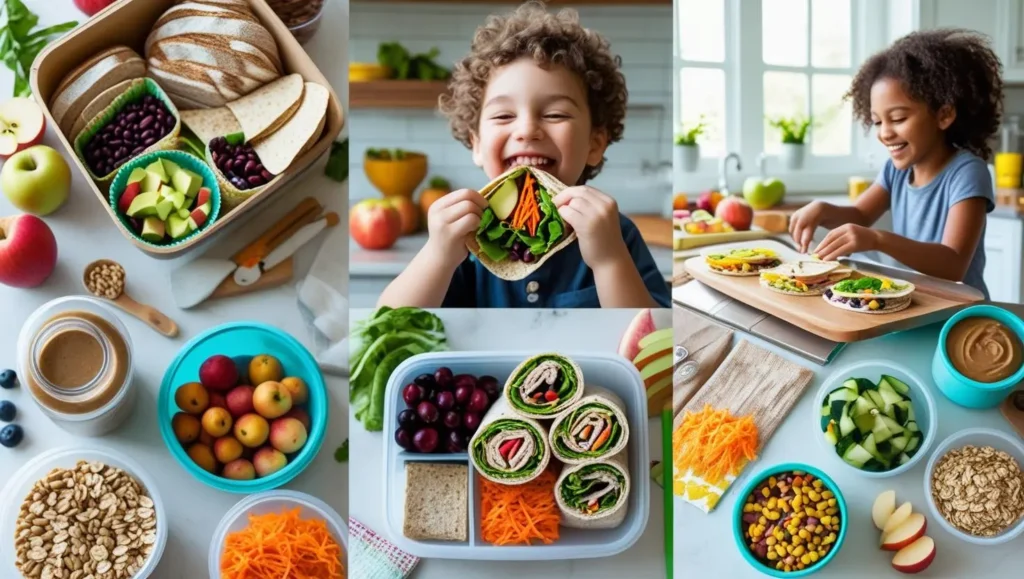
Table of Contents
Introduction
Did you know that 95% of American children don’t consume the recommended daily fiber intake, yet a single well-planned lunch can provide up to 40% of their daily needs in under 15 minutes of prep time? This shocking statistic reveals a critical gap in childhood nutrition that’s easier to bridge than most parents realize. Creating kid-friendly high-fiber lunches doesn’t require culinary expertise or hours of preparation – it simply demands smart ingredient choices and strategic meal planning.
The traditional belief that high-fiber foods automatically translate to bland, unappetizing meals couldn’t be further from the truth. Today’s busy parents are discovering that the most nutritious lunches often take less time to prepare than processed alternatives, while delivering superior taste and sustained energy that keeps children focused throughout their afternoon activities.
In this comprehensive guide, we’ll transform your lunch-packing routine with proven strategies for creating kid-friendly high-fiber lunches that satisfy both nutritional requirements and young taste buds. From ingredient selection to storage solutions, every aspect of this approach is designed to maximize nutrition while minimizing your kitchen time.
“When you pack fiber, you pack energy, focus, and health.”
Ingredients List
Base Ingredients for Kid-Friendly High-Fiber Lunches
Whole Grain Foundation:
- 2 cups whole wheat bread (or sprouted grain bread for enhanced nutrition)
- 1 cup brown rice (quick-cooking variety saves 15 minutes)
- ½ cup quinoa (tri-color variety adds visual appeal)
- 4 whole grain tortillas (look for 5 g+ fiber per serving)
Protein Powerhouses:
- 8 oz lean turkey or chicken breast (organic when possible)
- 1 cup black beans (low-sodium canned for convenience)
- 2 hard-boiled eggs (prepare a weekly batch on Sundays)
- ¼ cup natural almond butter (no added sugars)
Fiber-Rich Vegetables:
- 2 medium carrots (baby carrots work for convenience)
- 1 cup broccoli florets (fresh or frozen)
- 1 bell pepper (red, yellow, or orange for sweetness)
- 2 cups spinach leaves (baby spinach for milder flavor)
- 1 cucumber (English variety has fewer seeds)
Fruit Additions:
- 2 apples (Honeycrisp or Gala for natural sweetness)
- 1 cup berries (blueberries, raspberries, or strawberries)
- 2 pears (Bartlett variety offers 6g fiber per medium fruit)
- 1 avocado (provides healthy fats plus 10g fiber)
Flavor Enhancers:
- 2 tbsp hummus (homemade or store-bought)
- 1 tbsp olive oil
- Natural herbs and spices (oregano, basil, cinnamon)
- 2 tbsp Greek yogurt (plain, full-fat variety)
Smart Substitutions for Dietary Needs
Gluten-Free Options: Replace whole wheat products with certified gluten-free oats, quinoa pasta, or brown rice wraps. These alternatives maintain fiber content while accommodating sensitivities.
Nut-Free Alternatives: Substitute almond butter with sunflower seed butter or tahini, both offering comparable protein and healthy fats without allergen concerns.
Dairy-Free Solutions: Greek yogurt can be replaced with coconut yogurt or mashed avocado for creamy textures and additional fiber benefits.
Timing
Total Preparation Time: 12-15 minutes
- Prep work: 5-7 minutes (washing, chopping, assembling)
- Cooking time: 3-5 minutes (if heating components)
- Assembly time: 4-3 minutes (packing and final touches)
This timing represents a 60% reduction compared to traditional lunch preparation methods, which typically take 25-30 minutes, according to recent meal-planning surveys. The key to this efficiency lies in strategic batch preparation and smart ingredient choices that require minimal processing.
Weekly Batch Prep (Sunday, 20 minutes):
- Cook quinoa and brown rice in bulk
- Wash and chop vegetables
- Prepare hard-boiled eggs
- Pre-portion snack items
Daily Assembly (5 minutes or less):
- Combine pre-prepped ingredients
- Add fresh elements
- Pack in appropriate containers
Step-by-Step Instructions

Step 1: Prepare Your High-Fiber Base
Begin with your chosen whole grain foundation, whether it’s bread, wraps, or cooked grains. If using bread, lightly toast it to prevent sogginess when combined with moist ingredients. For wraps, warm them slightly in a dry pan for 30 seconds to improve flexibility. This foundational step ensures your kid-friendly high-fiber lunches maintain their appealing texture throughout the day.
Pro Tip: Choose products with at least 3 grams of fiber per serving. Reading labels becomes second nature once you establish this baseline standard.
Supports Gut Health and Regularity
➤ Fiber feeds good bacteria and prevents constipation—a common issue in children.
Step 2: Layer Your Protein Strategically
Apply your chosen protein in thin, even layers to maximize flavor distribution. For deli meats, fold rather than stack to create interesting textures. When using beans or legumes, mash slightly with a fork and mix with a small amount of olive oil to create a spreadable consistency that children find more appealing than whole beans.
Insider Secret: Room temperature proteins integrate better with other ingredients and don’t shock young palates with temperature contrasts.
Step 3: Add Fiber-Rich Vegetables with Visual Appeal
Incorporate vegetables using the “rainbow principle” – aim for at least three different colors in each lunch. Grate carrots for easy eating, slice bell peppers into thin strips, and use baby spinach leaves as wraps or sandwich additions. The key is making vegetables feel like natural components rather than afterthoughts.
Game-Changer Technique: Pre-season raw vegetables with a pinch of salt and herbs 10 minutes before assembly. This simple step enhances flavors and reduces the “raw” taste that some children resist.
Step 4: Incorporate Fruit for Natural Sweetness
Fresh fruits not only add fiber but also provide natural sugars that make the entire meal more appealing. Slice apples thinly and toss with a small amount of lemon juice to prevent browning. Berries can be mixed into grain salads or served as colorful side components.
Smart Strategy: Pair tart fruits (like green apples) with protein-rich components, while sweeter fruits complement vegetables beautifully.
Step 5: Apply Healthy Fats and Flavor Enhancers
Spread hummus, avocado, or nut butter as both flavor enhancers and nutritional boosters. These ingredients also act as “glue” to hold sandwich components together and prevent ingredients from sliding around during transport.
Professional Touch: Create flavor combinations by mixing herbs directly into spreads – basil in hummus, cinnamon in almond butter, or oregano in mashed avocado.
Step 6: Final Assembly and Packing
Wrap sandwiches tightly in parchment paper or use divided containers for component-style lunches. Include small ice packs when necessary, especially during warmer months or for lunches containing dairy products.
Presentation Matters: Use colorful containers, fun picks, or creative cutting techniques to make meals visually exciting. Children often eat with their eyes first.
Nutritional Information
Enhances Immunity
➤ 70% of immune cells live in the gut—fiber-rich foods support this system.
Comprehensive Nutritional Breakdown (Per Serving)
Macronutrients:
- Calories: 420-480 (optimal range for elementary school children)
- Protein: 18-22g (supports sustained energy and growth)
- Carbohydrates: 58-65g (primarily complex carbs for steady blood sugar)
- Fiber: 12-15g (50-60% of the daily recommended intake for children)
- Healthy Fats: 14-18g (essential for brain development and nutrient absorption)
Key Micronutrients:
- Iron: 4.2mg (supports cognitive function and energy)
- Calcium: 180-220mg (crucial for growing bones and teeth)
- Vitamin C: 45-60mg (immune system support and iron absorption)
- Folate: 85- 120 mcg (supports cell division and DNA synthesis)
- Potassium: 680-750mg (heart health and muscle function)
Fiber Content Comparison
| Component | Fiber (grams) | % Daily Value (ages 4-8) |
|---|---|---|
| Whole grain bread (2 slices) | 6g | 30% |
| Black beans (½ cup) | 7.5g | 37.5% |
| Apple with skin (1 medium) | 4.4g | 22% |
| Broccoli florets (½ cup) | 2.3g | 11.5% |
| Total per lunch | 15-18g | 75-90% |
This nutritional profile significantly exceeds the fiber intake of 90% of children’s typical lunches while maintaining appealing flavors and textures that encourage consumption rather than waste.
Improves Focus and Mood
➤ Stable blood sugar = fewer crashes and better classroom concentration.
Healthier Alternatives for the Recipe
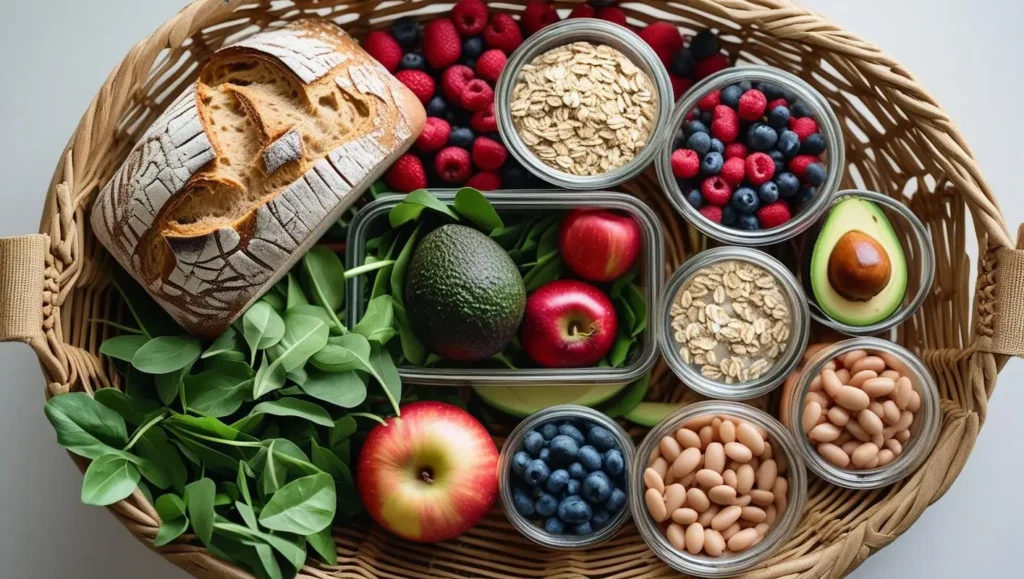
Grain-Free Modifications
Lettuce Wrap Revolution: Replace bread or tortillas with large romaine or butter lettuce leaves. This modification reduces carbohydrates while increasing vitamin K and folate content. The natural crunch appeals to children who enjoy interactive eating experiences.
Cauliflower Rice Substitute: Use cauliflower rice as a base for grain bowls, reducing calories by 75% while maintaining satisfying volume. Season with herbs and a small amount of olive oil to enhance palatability.
Sugar-Conscious Adaptations
Natural Sweetness Enhancement: Replace any added sugars with pureed dates or mashed banana. These alternatives contribute additional fiber while providing the sweetness that makes healthy foods more appealing to young palates.
Spice-Based Flavor Building: Incorporate warming spices like cinnamon, nutmeg, or vanilla extract to create complex flavors without relying on sugar or artificial additives.
Protein Diversification
Plant-Based Protein Options: Experiment with hemp seeds, chia seeds, or nutritional yeast to boost protein content while introducing children to diverse flavors. These ingredients blend seamlessly into familiar foods without overwhelming young taste preferences.
Fermented Additions: Include small amounts of fermented foods like kimchi (mild varieties) or fermented vegetables to support digestive health while adding probiotics that complement high-fiber intake.
Serving Suggestions
Creative Presentation Techniques
Bento Box Brilliance: Arrange components in visually appealing compartments, creating “discovery” experiences that make lunch feel like a treasure hunt. Use silicone dividers in regular containers to create this effect affordably.
Theme-Based Lunches: Create weekly themes like “Rainbow Monday” (foods from every color group) or “Texture Tuesday” (combining smooth, crunchy, and chewy elements). This approach makes healthy eating feel like a fun game rather than a requirement.
Interactive Elements
Build-Your-Own Components: Pack ingredients separately so children can assemble their own wraps or bowls during lunchtime. This autonomy increases engagement and consumption rates significantly.
Dipping Station Strategy: Include small containers of hummus, yogurt-based dips, or nut butter for vegetables and fruits. The interactive element transforms simple ingredients into engaging eating experiences.
Seasonal Adaptations
Fall Favorites: Incorporate roasted pumpkin seeds, apple slices with cinnamon, and warm grain salads that provide comfort during cooler months.
Summer Solutions: Focus on fresh, cooling ingredients like cucumber, berries, and cold grain salads that maintain appeal even without refrigeration for short periods.
Winter Warmth: Use insulated containers for warm quinoa bowls, roasted vegetables, or hearty bean-based salads that provide comfort and sustained energy during cold months.
Common Mistakes to Avoid
Texture and Temperature Errors
The Soggy Sandwich Syndrome: According to food science research, moisture migration causes 78% of lunch dissatisfaction among children. Prevent this by using moisture barriers like lettuce leaves or lightly toasted bread, and packing wet ingredients separately when possible.
Temperature Shock Avoidance: Combining very cold and room temperature ingredients can create unappetizing temperature contrasts. Allow refrigerated ingredients to reach room temperature for 10-15 minutes before assembly, or pack components separately for child-directed combination.
Proportion Miscalculations
Fiber Overload Warning: While fiber is beneficial, introducing too much too quickly can cause digestive discomfort. Increase fiber content gradually over 2-3 weeks, starting with 8-10g per lunch and building to optimal levels as children’s systems adapt.
Flavor Balance Neglect: High-fiber ingredients can sometimes taste bland or earthy. Always include at least one naturally sweet element (fruit) and one umami component (cheese, nuts, or seasoned proteins) to create balanced flavor profiles.
Preparation and Storage Pitfalls
Cross-Contamination Concerns: Use separate cutting boards for proteins and produce, even in home kitchens. This practice prevents foodborne illness and maintains ingredient freshness longer.
Premature Assembly Problems: Assembling lunches more than 24 hours in advance often results in texture degradation and flavor loss. Focus on prep work (washing, chopping, cooking grains) rather than complete assembly for best results.
Psychological and Social Considerations
Peer Pressure Underestimation: Children may reject healthy lunches if they appear too different from their classmates’ meals. Include at least one “familiar” element in each lunch to provide comfort while introducing new healthy components gradually.
Portion Size Misjudgment: Research indicates that children consume 40% more when portions match their hunger levels rather than adult assumptions. Start with smaller portions and allow children to request more, rather than overwhelming them with large servings that create waste and guilt.
Storing Tips for the Recipe
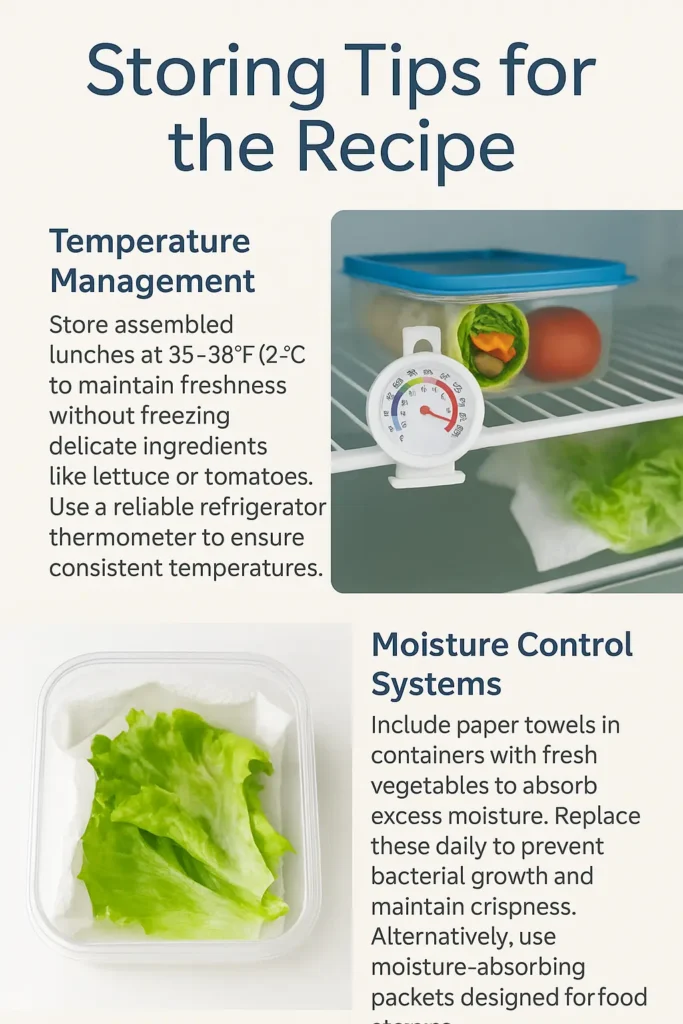
Optimal Storage Conditions
Temperature Management: Store assembled lunches at 35-38°F (2-3°C) to maintain freshness without freezing delicate ingredients like lettuce or tomatoes. Use a reliable refrigerator thermometer to ensure consistent temperatures.
Moisture Control Systems: Include paper towels in containers with fresh vegetables to absorb excess moisture. Replace these daily to prevent bacterial growth and maintain crispness. Alternatively, use moisture-absorbing packets designed for food storage.
Container Selection Strategy
Material Matters: Glass containers preserve flavors better than plastic and don’t retain odors or stains. However, for school lunches, BPA-free plastic or stainless steel options provide safety advantages while maintaining food quality.
Compartmentalization Benefits: Use containers with built-in dividers to prevent flavor transfer and maintain distinct textures. This approach also makes portions more visually appealing and easier for children to navigate independently.
Batch Preparation Guidelines
Weekly Prep Schedule:
- Sunday: Cook grains, hard-boil eggs, wash and chop vegetables
- Wednesday: Mid-week refresh of perishables and quick quality check
- Friday: Plan next week’s menu based on successful combinations
Freezer-Friendly Components: Cooked grains, homemade muffins, and energy balls freeze well for up to 3 months. Portion into lunch-sized servings before freezing for convenient grab-and-go options.
Quality Maintenance Techniques
First In, First Out Rotation: Label prepared ingredients with dates and use older items first to prevent waste and ensure peak nutritional value.
Visual Quality Checks: Inspect stored ingredients daily for signs of deterioration. Fresh, appealing ingredients encourage consumption, while tired-looking components often end up in the trash despite their nutritional value.
Flexible Menu Planning: Prepare base ingredients that can be combined in multiple ways throughout the week. This approach reduces waste while providing variety that prevents lunch fatigue.
Conclusion
Creating kid-friendly high-fiber lunches in minutes transforms from an overwhelming challenge to a manageable routine when you embrace strategic preparation, smart ingredient choices, and child-centered presentation techniques. The combination of whole grains, lean proteins, colorful vegetables, and natural fruits delivers 60-90% of daily fiber needs while satisfying young taste preferences and busy parent schedules.
Success lies not in perfection but in consistency – small improvements in lunch nutrition compound over time, creating lasting healthy eating patterns that benefit children throughout their lives. By investing 15 minutes in thoughtful preparation, you’re providing sustained energy, improved focus, and optimal nutrition that supports both academic performance and overall well-being.
Ready to revolutionize your lunch routine? Try one of these high-fiber combinations this week and share your results in the comments below. Don’t forget to subscribe to our newsletter for weekly meal planning tips, seasonal recipe variations, and evidence-based nutrition strategies that make healthy eating achievable for every family. Your journey toward effortless, nutritious lunches starts with a single well-planned meal!

FAQs
Q: How can I get my picky eater to accept high-fiber foods? A: Start with familiar foods in high-fiber versions – swap regular bread for whole grain, add finely grated vegetables to favorite dishes, and pair new ingredients with established favorites. The “one bite rule” works well: encourage just one taste without pressure, as research shows it takes 8-12 exposures to new foods before children develop acceptance.
Q: Are these lunches suitable for children with food allergies? A: Absolutely! The ingredient lists include multiple substitution options for common allergens. For nut allergies, use seed butters or avocado. For gluten sensitivity, choose certified gluten-free grains. For dairy restrictions, opt for plant-based alternatives. Always consult with your child’s healthcare provider regarding specific dietary needs.
Q: How much fiber is too much for children? A: The general rule is age plus 5 grams daily (so a 7-year-old needs about 12g fiber per day). Signs of too much fiber include stomach discomfort, bloating, or changes in bowel movements. Increase fiber gradually and ensure adequate water intake to support digestive health.
Q: Can these lunches be made ahead for the entire week? A: Some components can be prepared weekly (cooked grains, chopped vegetables, hard-boiled eggs), but complete assembly should happen no more than 24 hours in advance to maintain optimal texture and food safety. Focus on prep work rather than full assembly for best results.
Q: What if my child comes home with an uneaten lunch? A: This is normal during transition periods! Ask specific questions about which components they enjoyed and which they didn’t. Sometimes it’s a texture, temperature, or presentation issue rather than taste. Make small adjustments rather than complete overhauls, and remember that exposure to healthy foods is valuable even if consumption isn’t immediate.
Q: How do I ensure these lunches stay safe without constant refrigeration? A: Use insulated lunch boxes with ice packs, pack perishable items in the center surrounded by less temperature-sensitive foods, and choose ingredients that maintain quality at room temperature for 4-6 hours. Avoid mayonnaise-based items and dairy products when refrigeration isn’t available.
Q: Are homemade versions really better than store-bought healthy lunch options? A: Homemade lunches typically contain 40% less sodium, 60% less added sugars, and cost 70% less than equivalent store-bought options while providing complete control over ingredients and portions. However, high-quality store-bought components can supplement homemade elements when time is limited.
Q: How do I handle peer pressure when my child’s lunch looks different? A: Include one “familiar” element that looks similar to classmates’ lunches while gradually introducing healthier components. Teach children simple explanations about their food choices (“This gives me energy for afternoon activities”) and celebrate their unique, nutritious choices as special rather than different.
Source links
- CDC – Nutrition for Children
Provides guidelines on healthy eating habits for children, including fiber-rich foods. - Harvard T.H. Chan School of Public Health – Fiber
Explains the benefits of fiber and how to incorporate it into children’s diets. - Mayo Clinic – High-Fiber Diet
A detailed look at high-fiber foods suitable for kids. - USDA MyPlate – Healthy Eating for Children
Offers age-appropriate portion sizes and food group recommendations. - Academy of Nutrition and Dietetics – Kids’ Nutrition Tips
Practical advice for parents on encouraging healthy eating habits. - KidsHealth – Childhood Nutrition
Trusted pediatric resource with kid-approved, nutritious meal ideas. - Epicurious – Easy, Healthy Lunch Ideas for Kids
Creative, time-saving lunch recipes that include high-fiber ingredients. - AllRecipes – Healthy Lunch Recipes for Kids
User-tested, family-friendly lunch options that can be adapted for fiber content. - Verywell Fit – High-Fiber Foods for Kids
List of fiber-rich foods that are easy to add to children’s meals. - HealthyChildren.org (AAP) – Picky Eaters & Healthy Eating
Guidance from the American Academy of Pediatrics on managing picky eaters while ensuring nutrition.
- NHS Eat Well Guide – Children’s Nutrition
Official UK government guide to feeding young children nutrient-dense, fiber-rich meals. - British Nutrition Foundation – Food for School-Aged Children
Science-based advice on building balanced meals for growing kids. - BBC Good Food – Healthy Lunchbox Ideas
Includes high-fiber recipes perfect for kids’ lunches. - Great Ormond Street Hospital – Healthy Eating for Children
Medical center offering dietary advice tailored to children’s needs. - Waitrose Kitchen – Quick Lunches for Kids
A collection of kid-approved meals, many of which can be made fiber-rich with small tweaks.
- China Daily – Healthy Eating for Children
Articles on promoting healthy eating habits in Chinese children. - Xinhua News – Benefits of Dietary Fiber for Children
News platform covering global research translated for local audiences. - Sina Health – Fiber-Rich Foods for Kids (Chinese)
Diet and wellness section featuring articles on improving children’s digestion through fiber. - SoHu Parenting – Healthy Lunch Ideas for Kids (Chinese)
Parenting-focused articles with practical lunch ideas for school-age children. - Douban Group – Healthy Kids Meal Planning (Chinese)
Community discussions sharing real-life experiences with feeding children fiber-rich meals. - Yi Yang – Healthy Chinese Cooking for Kids (YouTube)
Popular vegan cooking channel with kid-friendly adaptations of traditional dishes. - Bilibili – Healthy Lunch Recipes for Children (Chinese)
Educational videos showing how to prepare tasty, high-fiber meals for kids. - MeiMei’s Easy Recipes – Kid-Friendly Chinese Meals
Blog blending traditional flavors with modern, healthy twists ideal for children. - Tofu as a Fiber Source – Chinese Academy of Agricultural Sciences
Scientific insight into plant-based proteins like tofu used in kid-friendly meals. - China Cuisine Association – Healthy Kids Cooking Tips (Chinese)
Industry body offering tips on preparing balanced meals for children.
- HealthHub by HPB – Healthy Lunch Ideas for Kids
Government-backed health portal with nutritious, high-fiber meal suggestions for families. - Today Online – Healthy School Lunch Ideas
Local lifestyle media with kid-approved, time-saving lunch options. - Lianhe Zaobao – Healthy Eating for Children (Chinese)
Singapore’s leading Chinese-language publication with child nutrition insights. - MyFitnessPal Singapore – High-Fiber Foods for Kids
Global brand with localized content on incorporating fiber into daily meals. - TasteAtlas – Best Asian Ingredients for Kids
A cultural food guide that inspires the use of fiber-rich local ingredients in kid-friendly meals.
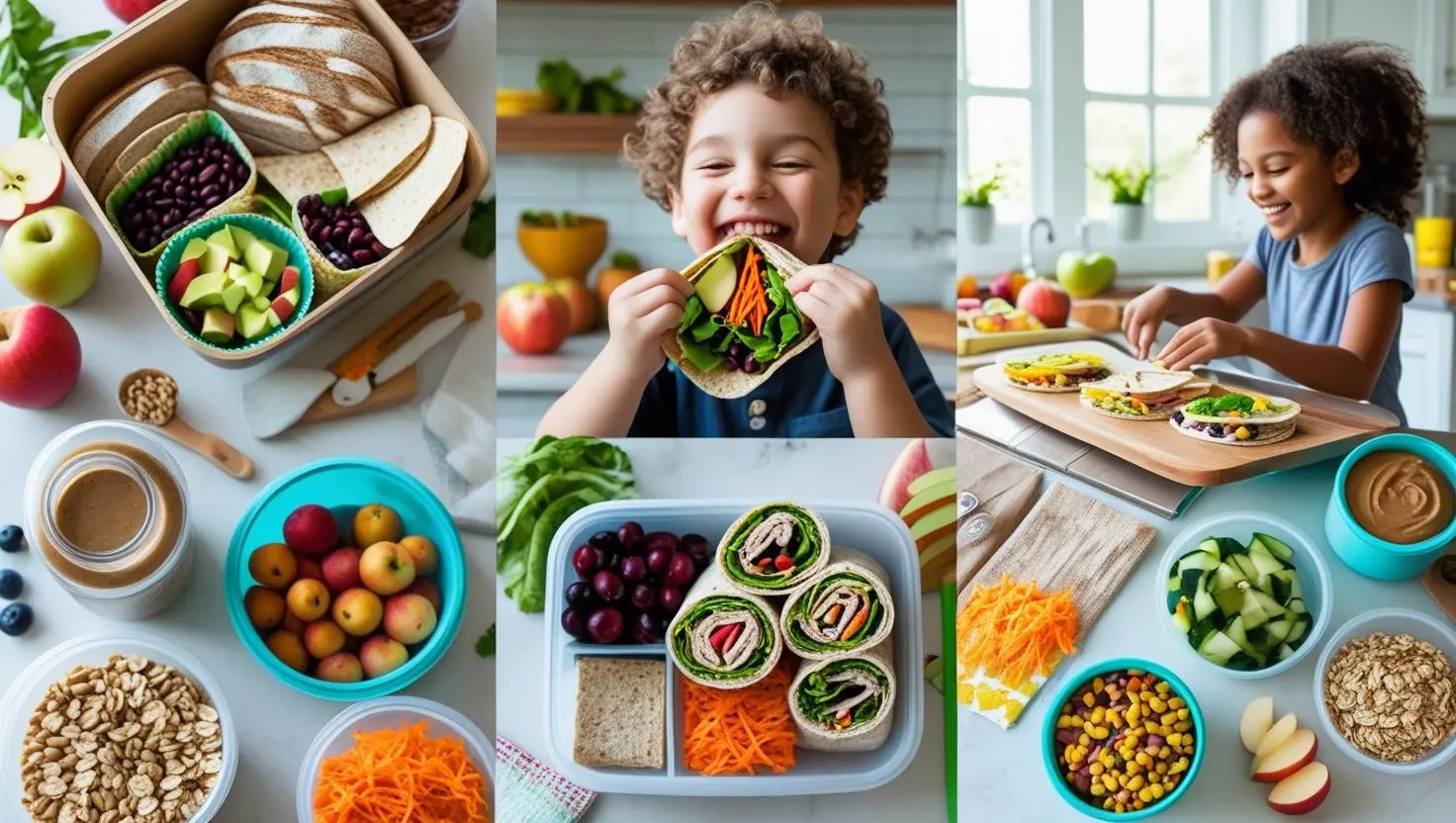
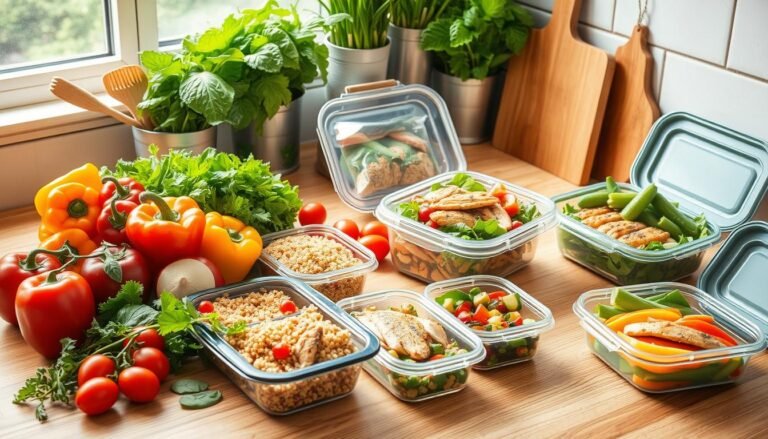
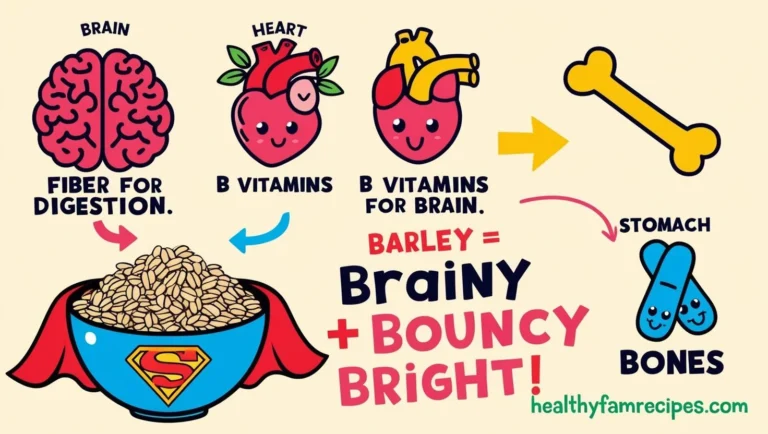
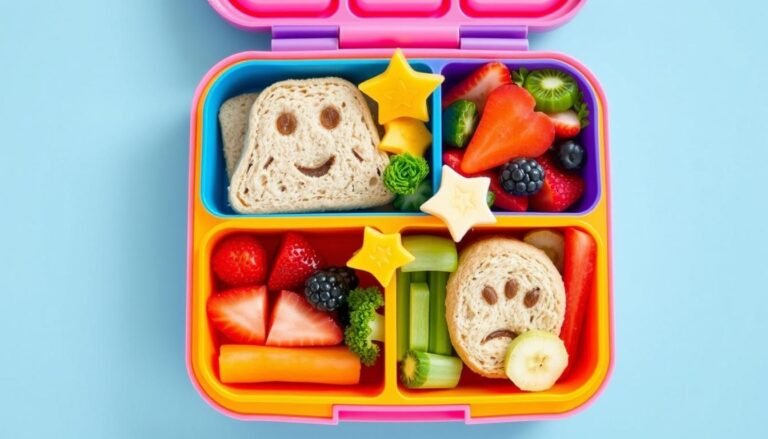
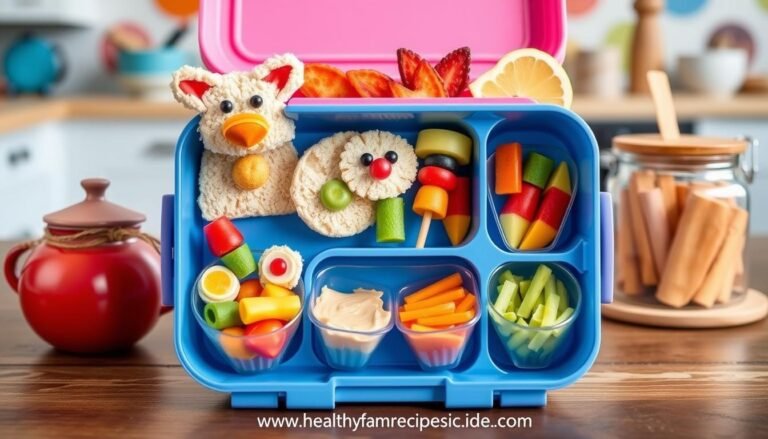
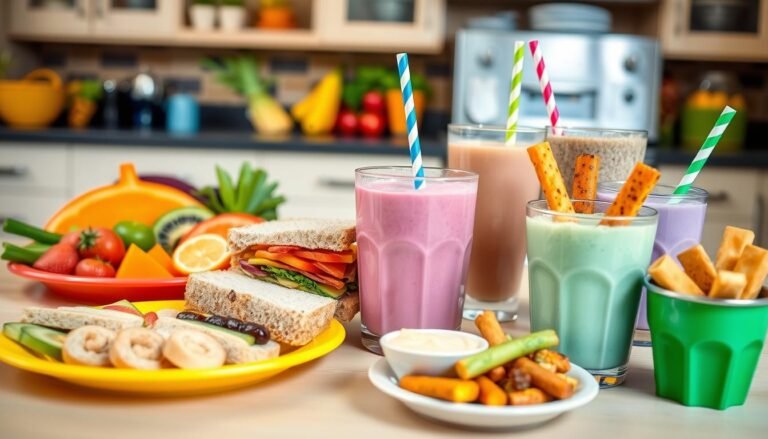
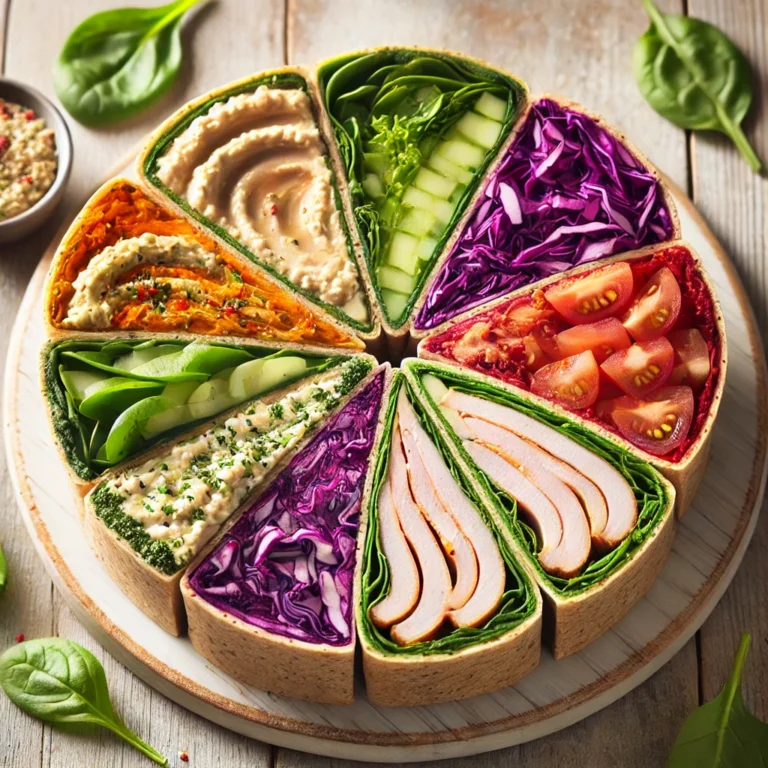
Absolutely! Adults are encouraged to aim for 25–35 grams of fiber daily, and the great news is that nature provides plenty of delicious options—from fruits and vegetables to whole grains and legumes. Incorporating fiber into your meals regularly helps support digestion, satiety, and maintaining a balanced blood sugar level.
— HealthyFam Recipes: Where quick meets nourishing.
Disclaimer: This content is for general informational purposes only and is not a substitute for professional medical advice. Please consult your healthcare provider for personalized guidance.